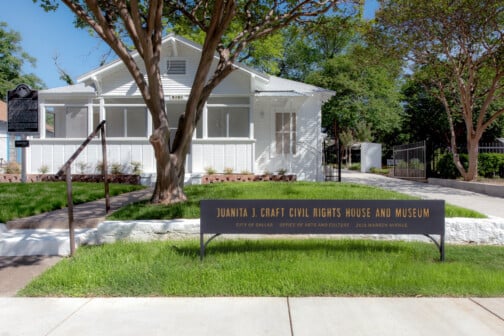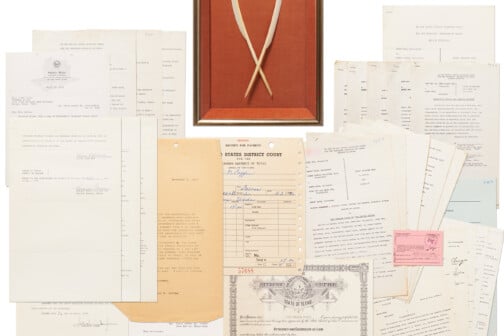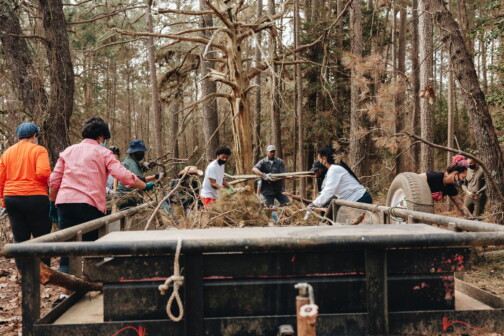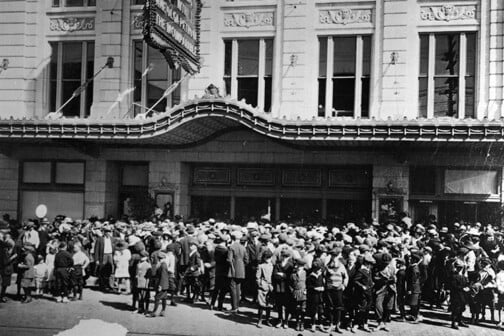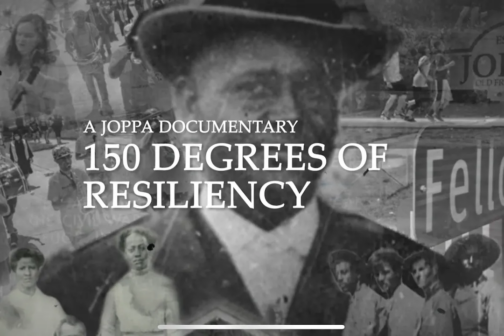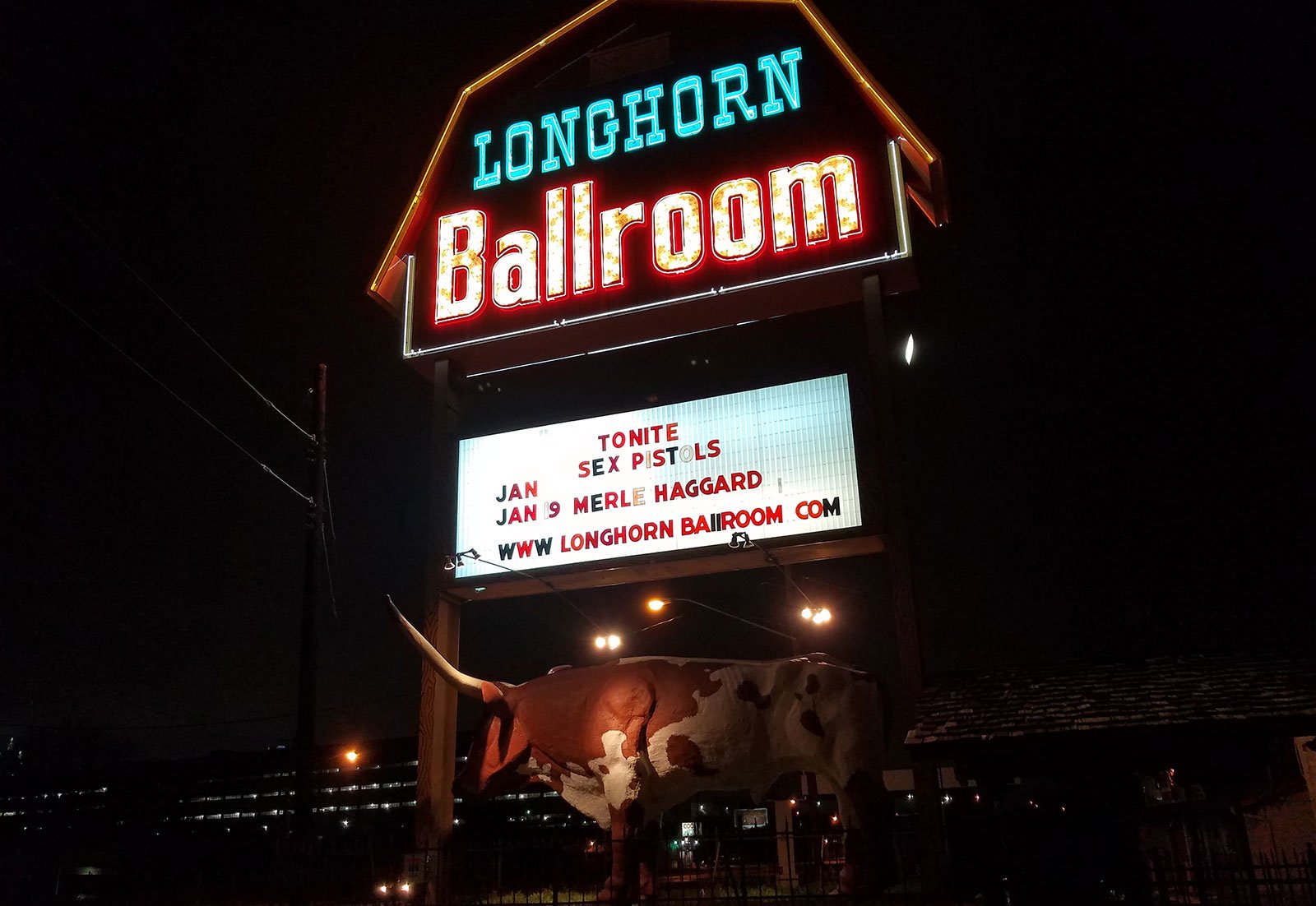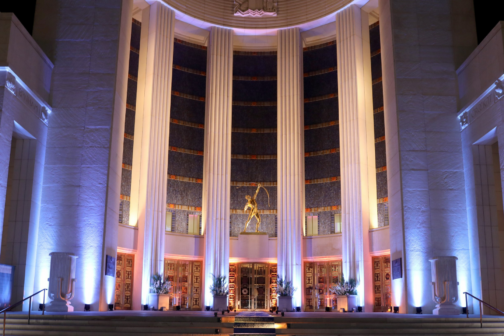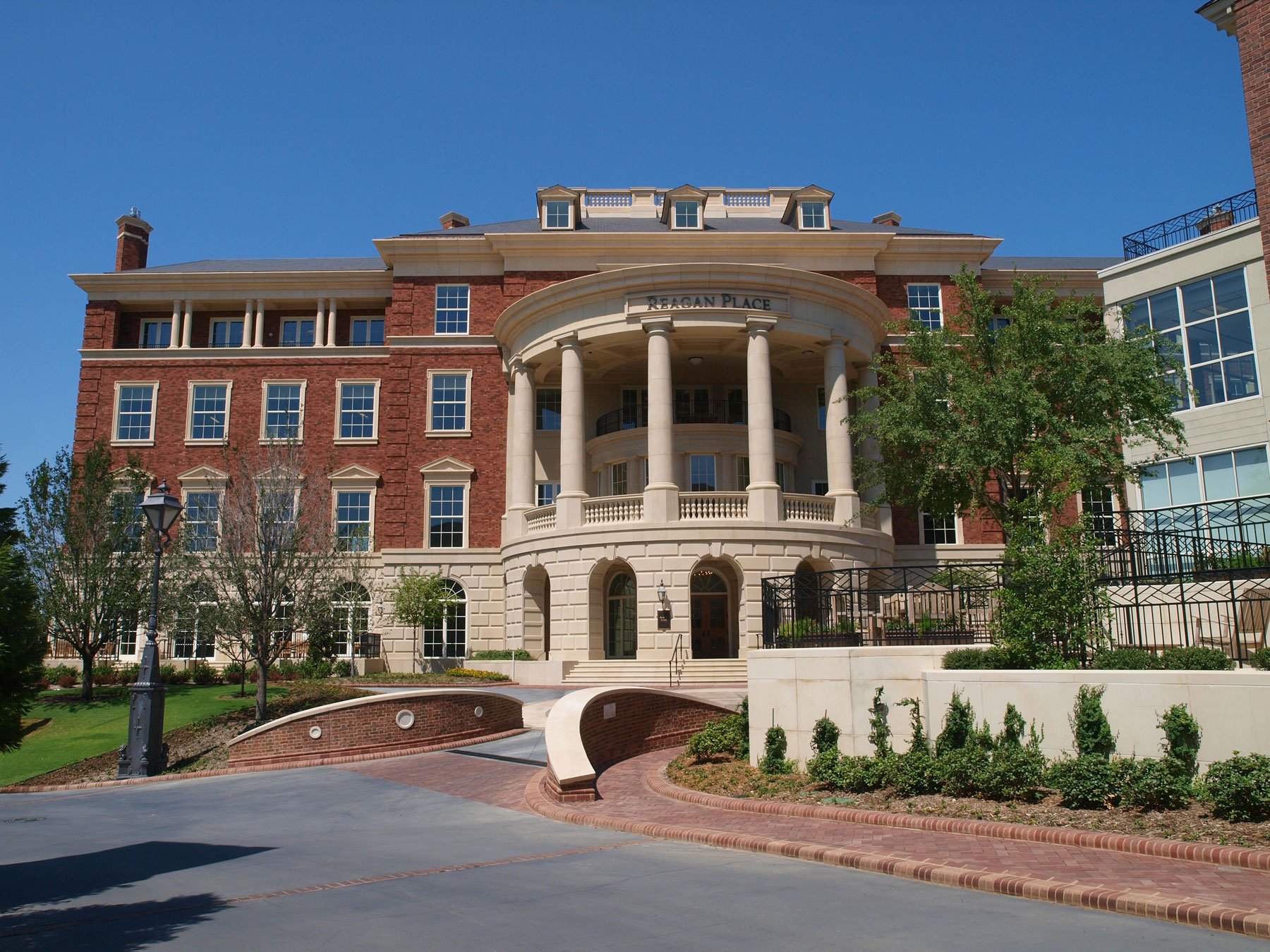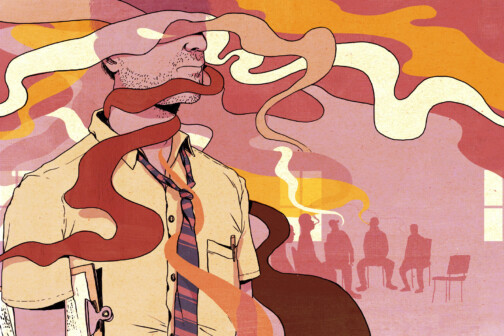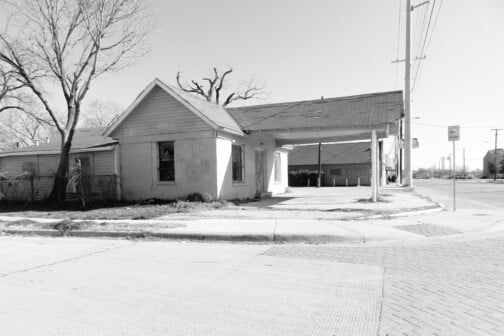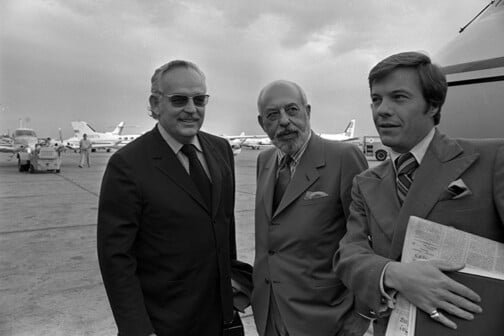Hundreds of people packed into buses at Fair Park on May 20, but Patricia Perez had other plans. They were all heading to Juanita Craft’s house at 2618 Warren Avenue, to celebrate the reopening of a museum that took more than six years of work. Perez, 70, skipped the bus ride. She had her ride share driver drop her off at her aunt’s old house in South Dallas. She then walked the familiar three-block route to the freshly painted white craftsman on Warren, a trot she’d made hundreds of times before.
Perez met the civil rights activist on Saturday, October 2, 1965. Her mother had sent her and her little brother from New York City to live with family in Dallas. When she picked the kids up from Love Field, their aunt said, “I have someone I want you to meet.” An hour and a half later, 12-year-old Perez was knocking on the back door of Craft’s home. The woman who met them was unforgettable.
“Mrs. Craft was a large woman in physical stature,” Perez remembers. “But whenever she opened her mouth, you realized if she had been four feet tall, she would have still been a large human being. And at 12 I knew that.”
The influence Juanita Craft had on Dallas, and across the country, was just as large. “I don’t think the city recognizes her impact and legacy continues today,” says HERitage founder Froswa’ Booker-Drew, who served on the museum steering committee and pushed the State Fair of Texas to donate thousands of dollars to the museum efforts. “The impact that Ms. Craft had is beyond South Dallas. It’s national.”
Over a period of 50 years, the longtime South Dallas resident registered thousands of people to vote, organized citywide cleanup campaigns, and served two terms on the Dallas City Council. She worked to integrate the State Fair, the Dallas Independent School District, and colleges like University of North Texas. As a leader in the National Association for the Advancement of Colored People, she founded more than 180 local NAACP chapters and hosted a long roster of activists, politicians, dignitaries, and celebrities, like Thurgood Marshall, in her humble, 1,300-square-foot home.
“You’d be surprised the kind of people coming in and out of that house, everybody from presidents to senators to ambassadors,” says Peter Johnson, a Civil Rights activist and longtime friend of Craft. “I mean, it is a museum whether you want it to be or not.”
Craft donated her house to the city of Dallas after her death in 1985. It took nearly 40 years for her house to be officially opened as a museum and a monument to the local civil rights movement. Unlike other Dallas museums, the Juanita Craft house doesn’t tower over freeways or take up whole city blocks.
It sits, as it always has, quietly in the middle of the Wheatley Place neighborhood, ready to host anyone from a Supreme Court justice to a teenaged neighbor.


